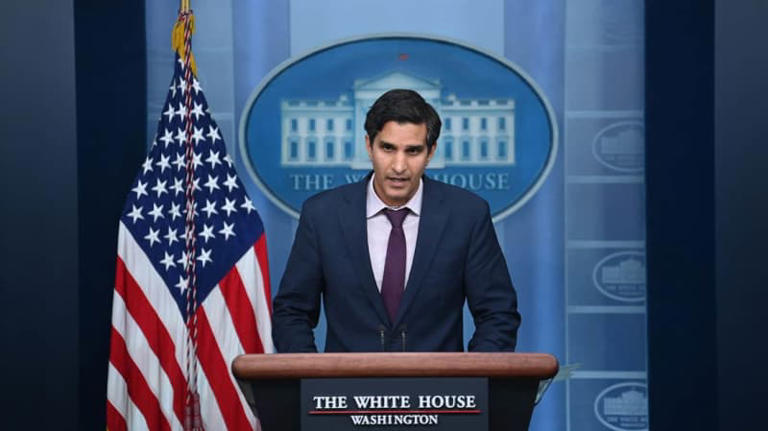Amidst the ongoing conflict between Russia and Ukraine, the United States has taken a proactive stance in providing financial support to Ukraine by offering to extend significant loans against future profits derived from Russian state assets currently frozen in Western countries. This proposition has emerged as a crucial component of the international community’s efforts to bolster Ukraine’s resilience in the face of Russia’s relentless aggression, which escalated into a full-scale invasion of Ukraine in February 2022.
The handling of the substantial €260 billion worth of Russian assets frozen by Western nations has become a point of contention within the Group of Seven (G7) countries. While the United States has advocated for the complete confiscation of these reserves and their transfer to Ukraine, European Union member states have expressed reservations regarding the legality of such actions and the potential destabilizing effects on global financial markets. Instead, EU nations have favored a more conservative approach, proposing to provide Ukraine with only the profits generated from these immobilized assets.
The urgency of the situation has been underscored by the recent deadlock in Congress, which has impeded the disbursement of additional US aid to Ukraine. In response, Daleep Singh, the Deputy National Security Advisor for International Economics, emphasized the imperative of exploring every conceivable avenue to maximize the value of the immobilized reserves for Ukraine’s benefit. Singh outlined the US proposal, which entails leveraging the present value of the future interest stream generated by the immobilized assets through the issuance of bonds or loans.
While European countries have demonstrated a willingness to transfer interest from their reserves to Ukraine on a semi-annual basis, Singh highlighted the potential to enhance the value of these income streams over an extended period. This could involve transferring profits accumulated over ten or thirty years, thereby significantly amplifying the present value of these funds and providing Ukraine with a more substantial financial lifeline.
The issue of the frozen Russian assets has been a subject of diplomatic wrangling, with countries aligned with Russia vehemently opposing any attempts to seize Moscow’s state assets. In response to these objections, the United States proposed the creation of a special purpose company within the G7 framework. This entity would be tasked with issuing bonds worth a minimum of $50 billion, utilizing the profits generated from the frozen Russian sovereign assets. The proceeds from these bonds would then be directed towards providing crucial support to Ukraine, including humanitarian aid and economic assistance.
As discussions continue within the G7 and among international partners, the focus remains on finding innovative and sustainable solutions to address the pressing needs of Ukraine while navigating the intricate legal and financial considerations surrounding the frozen Russian assets. The United States’ proactive stance underscores its commitment to standing in solidarity with Ukraine and ensuring its resilience in the face of adversity.
